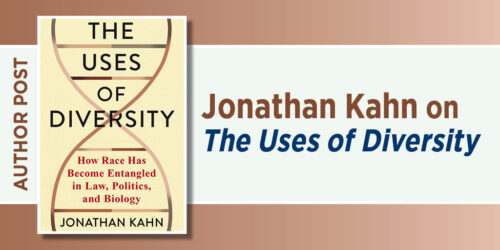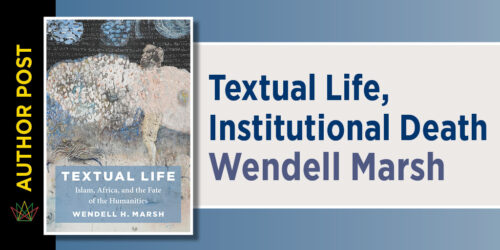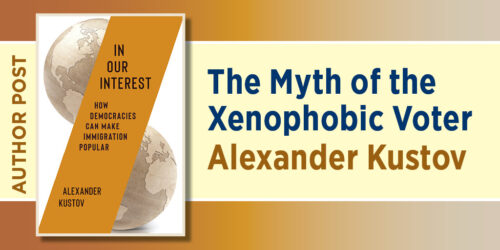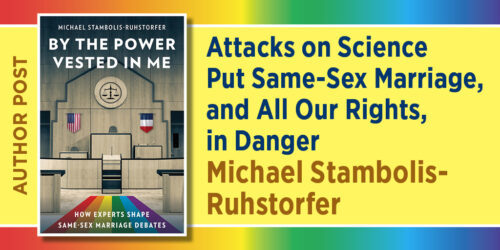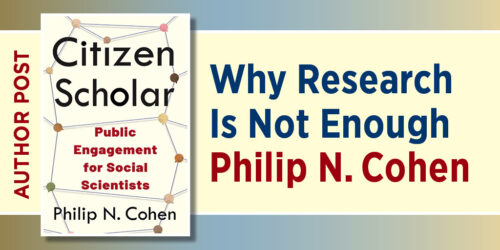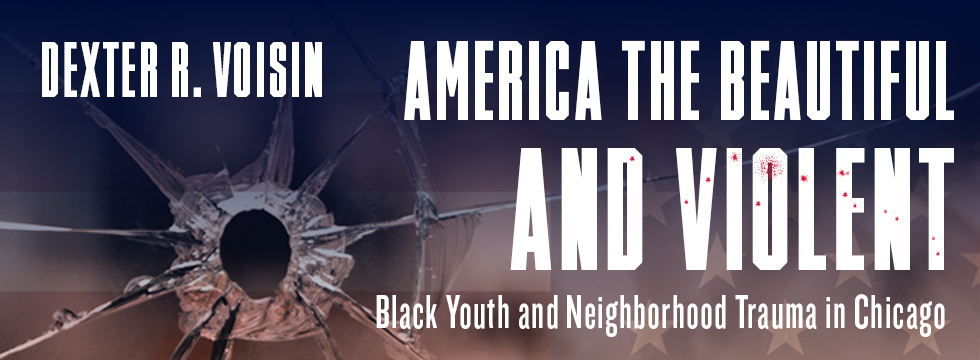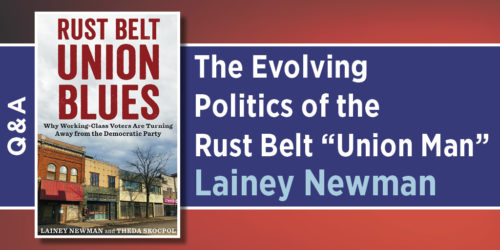Six Facts About Gun Violence in the U.S. That Everyone Should Know
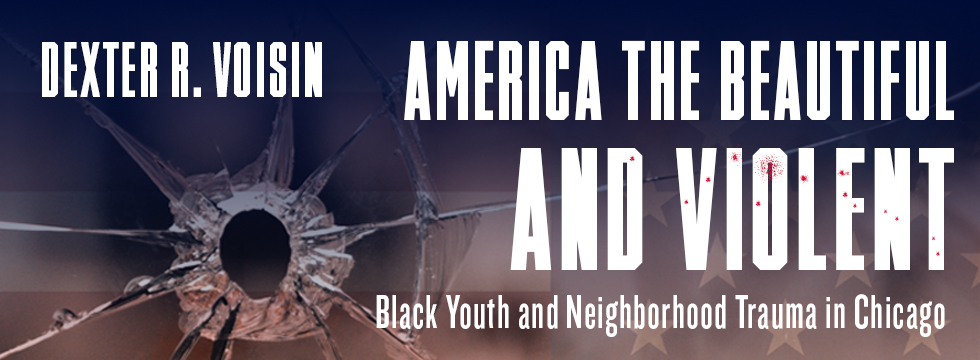
“Based on years of study, Dexter Voisin has written an unusually thoughtful, sensitive, and astute meditation on violence—what it means, how it comes about, how it affects people, and how the media choose to write about it. The book’s critical yet sober stance means the author’s clear and unmistakable sense of urgency is coupled with a subtle, sophisticated sense of the many-faceted consequences of violence. A consistently enlightening work.”
~Mario L. Small, author of Someone to Talk To
This weekend, in less than 24 hours, Americans experienced two mass shootings—more than 1,500 miles apart. The events in El Paso, Texas and Dayton, Ohio have once again ignited the controversial debate about gun violence and gun control in the United States. Whether you sit on the left, right, or middle of the aisle, here are some facts that everyone should know about gun violence, pulled from our new release American the Beautiful and Violent: Black Youth and Neighborhood Trauma in Chicago, by Dexter R. Voisin.
• • • • • •
- Americans are twenty-five times more likely than citizens of other wealthy countries to be killed by a gun.
America has more guns than any other country in the developed world. The U.S. also breaks every record regarding gun deaths: nearly thirty-seven thousand Americans are murdered by guns every year. That total represents more than 3.61 gun murders per one hundred thousand residents in the United States. By comparison, the United Kingdom trails far behind with 0.1 murders per one hundred thousand, the next highest gun murder rate in a wealthy nation. - The U.S. Congress set up restrictions on funding gun violence research.
Our knowledge about gun violence in the U.S. is limited, and congressional restrictions are to blame. These restrictions effectively hamstring public health researchers at national universities, the Centers for Disease Control and Prevention (CDC), and the National Institutes of Health from studying gun violence and how to prevent it. They were passed in 1997 after some CDC officials suggested that limiting access to guns was a public health objective, leading the National Rifle Association (NRA) to successfully lobby Congress to limit use of federal funding for gun research. - Gun violence is costly.
Although the economic toll is difficult to fully ascertain, one study estimates that gun violence results in more than $100 billion per year in direct and indirect costs. The majority of these direct and indirect costs are associated with emergency treatment and health care, loss of human life, employment and productivity, mental health services, juvenile and prison involvement, insurance claims, and increased airport security. - Seven children per day are killed by guns in the United States.
This rate increases dramatically among children over age thirteen. Of the 10,300 boys in the United States aged ten to nineteen who died by gunfire between 2010 and 2014, 63 percent died by homicide. The risk of gun death is greater for children who are poor or nonwhite. - Black men are by one estimate ten times more likely than white men to be murdered with guns.
Black residents represent merely 14 percent of the population, but they account for more than 50 percent of gun homicide victims. The rate of gun homicides among black men in the United States exceeds the gun homicide rate of all of Mexico, a country that also experiences high rates of gun violence. - Women in the United States are sixteen times more likely to be killed by guns than women in other wealthy nations.
This rate includes the rate of gun deaths in domestic violence. On average, fifty women per month lose their lives to firearm assaults by current or former intimate partners. Indeed, 55 percent of women killed by guns die at the hands of intimate partners or family members. According to a study of domestic violence incidents with guns in eleven U.S. cities, the presence of a gun in a domestic dispute increases by five times the likelihood that a woman will lose her life.
Learn more with Dexter R. Voisin’s America the Beautiful and Violent: Black Youth and Neighborhood Trauma in Chicago. In this book, Voisin provides a compelling and social-justice-oriented analysis of current trends in neighborhood violence in light of the historical and structural factors that have reproduced entrenched patterns of racial and economic inequality.

